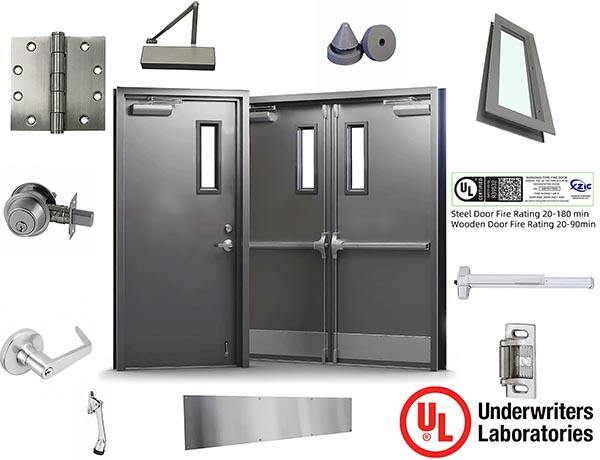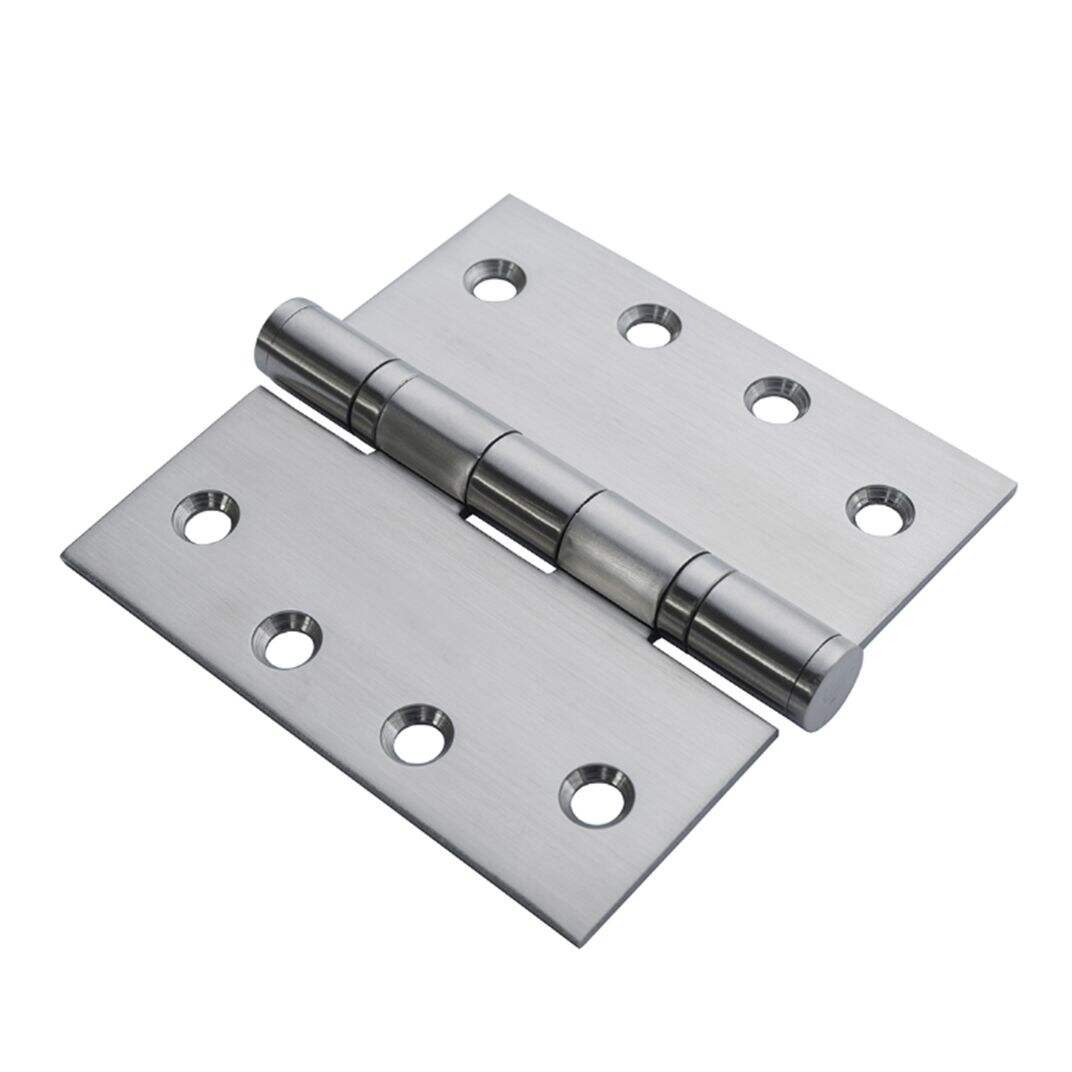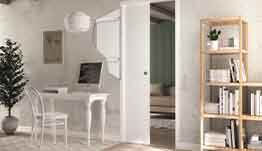Steel Doors Inspection Procedure
1.check the materials based the specifications in Clients' order.Appearance check, size test, characteristic test, reliability test According to the material inspection standards, processing material sampling and inspecting,make real record of the inspection data and test results.
2.If qualified,after the quality control director confirms it, write a green qualification label on the package, release it into the warehouse, and it can be put into production normally.
3.For the incoming unqualified materials, IQC should write a red defective label on the upper right corner of the material, and conduct a review after being confirmed by the quality control director. Label processing, special sampling and return according to the judgment result of the review report, and distribute the inspection report to the procurement and warehouse
4.Incoming materials are generally expected to be inspected within a day, emergency materials depending on the situation, in principle 2 hours to complete.
5. All incoming materials shall provide the supplier's shipment inspection report
7. The quality anomalies caused by incoming material problems in all aspects of incoming material, manufacturing process, shipment and customer complaints will be confirmed by the director of quality Department on site. When it is confirmed that the problem is the supplier, the procurement will be informed and the supplier will be notified to our company to deal with it, and the existing materials in the warehouse will be reinspected.
8. Re-purchasing new materials to replace the defective materials to ensure normal production.
Doors and Frames Checking:
1. Appearance check
A. Surface treatment: Check whether the surface of the door and the frame is smooth, and there are no obvious scratches, dents, rust and other defects. The surface coating should be uniform, no leakage coating, flow hanging, bubble and other phenomena.
B. Welding quality: Check whether the welding part of the door and frame is firm, whether the weld is uniform, and whether there are cracks, pores, slag and other defects.
C. Dimensional accuracy: Measure the size of the door and frame to ensure that it meets the requirements of the design drawing, including the thickness, width and height of the door.
2.Material and Size checking
-Material certification: Check the material certification documents of the steel used in the door to ensure that it meets the design requirements and national standards.
-Thickness detection: Use a thickness gauge to measure the thickness of the door plate to ensure that it meets the standard requirements of fire doors.
-Certificate inspection: Check whether the door has a valid fire test report and product qualification certificate.
Function Checking:
1. Appearance check
- Door and door frame : Check door and door frame for obvious deformation, damage or corrosion.
- Surface treatment : Check whether the surface treatment of the door and door frame is uniform, and there are no defects such as leakage, bubbles, scratches and so on.
2. Opening and Closing Testing
- Manual opening and closing : Manually operate the door to check whether it is opened and closed smoothly and whether there is a stuck phenomenon.
- Automatic closing function : For fire doors with automatic closing devices (such as door closers), check whether the automatic closing function is normal. The door should be able to close automatically after release, and the closing speed should meet the design requirements.
3. Sealing performance test
- Seal Check : Check that the seal at the edge of the door is properly installed to ensure that it can effectively seal when the door is closed.
- Smoke and airflow test : Use smoke or airflow test equipment to check whether there is smoke or airflow leakage when the door is closed to ensure that its sealing performance meets the fire protection requirements.
4. Locks and hardware fittings test
- Lock operation : Check whether the operation of the lock is flexible to ensure that it can be locked and opened normally.
- Hinge inspection : Check whether the hinge is firmly installed, whether the door is smooth during the opening and closing process, and no abnormal sound.
5. Installation quality check
- Installation position : Check whether the installation position of the door is correct and ensure that it is well matched with the door frame.
- Gap inspection : Check whether the gap between the door and the door frame meets the standard to ensure that it can effectively block the flame and smoke.
6. Identification and certificate check
- Identification Check : Check whether there is a clear fire door identification on the door, including the manufacturer, model, fire rating and other information.
- Certificate inspection : Check whether the door has a valid fire test report and product qualification certificate.
Recommended Products
Hot News
-
UL fire door Regulatory and Certification Requirements
2025-08-08
-
What are the types for fire Doors?
2025-07-12
-
Why Hollow Metal Doors Are a Cost-Effective Long-Term Solution for Businesses
2025-07-23
-
What’s the price difference for UL LISTED FIRE DOOR of mahogany/oak/ beech/walnut veneer finish compared with Formica /TAK/ Wilsonart Laminated finish ?
2025-07-31
-
What is MDF (medium-density fiberboard) Door?
2025-06-15
-
Essential Aspects of UL Metal Fire Door Inspection
2024-01-02
-
XZIC Delivers Superior Quality UL Fire Doors to Our Valued Client in Qatar
2024-01-02
-
Can hollow metal doors be insulated?
2024-01-02
 EN
EN
 AR
AR
 BG
BG
 NL
NL
 FR
FR
 DE
DE
 EL
EL
 IT
IT
 KO
KO
 PL
PL
 PT
PT
 RO
RO
 RU
RU
 ES
ES
 TL
TL
 IW
IW
 ID
ID
 UK
UK
 VI
VI
 TH
TH
 FA
FA
 AF
AF
 MS
MS
 SW
SW
 BE
BE
 UR
UR
 BN
BN
 KM
KM
 LO
LO
 LA
LA
 MI
MI
 MN
MN
 MY
MY
 KK
KK
 MG
MG
 SU
SU
 TG
TG
 UZ
UZ
 KY
KY
 XH
XH











